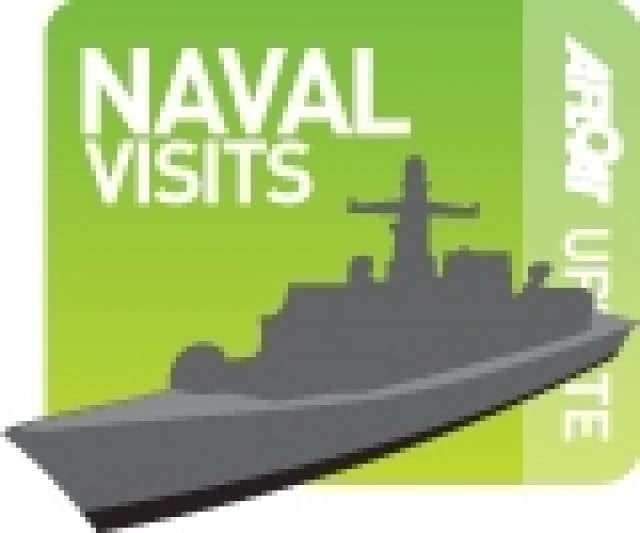#GallipoliCentenary - The visit of a Turkish Navy submarine TCG Burakreis (S-359) to Dublin Port next Saturday is according to the Turkish Embassy as a sign of friendship and enhanced relationships between the two countries, writes Jehan Ashmore.
The 1,586 tons (dived) Gür class submarine call later this week on Anzac Day (25 April 1915) is when exactly 100 years ago among the Allied Forces of Australia and New Zealand, Irish soldiers fought at the Gallipoli Campaign during World War I.
When the 62m long, 8,500 nautical mile range missile carrying submarine docks in Dublin, the historical connection will be highlighted as the 1st Battalion of the Royal Dublin Fusiliers and came under fire in Gallipoli.
In addition the visit will also have reasonace in that during the Great Irish Famine, humanitarian assistance was provided by Sultan Abdülmecit in 1847.
Next Saturday's centenary call will mark when the naval bombardment in Gallipoli stopped and the skipper of the steam collier S.S. River Clyde, Commander Unwin, ran her aground on the beach just under the ancient Fort at Sedd-el-Bahr at the Turkish peninsula.
It was here that Dublin and Munster Fusiliers on board S.S. River Clyde took part in the Cap Hellas Landings when they arrived off the southern tip of the peninsula. At a section was 'V' beach that was assigned to the fusiliers who were also joined from the ship by the Royal Hampshire Regiment.
The 2,000 men did not stand a chance when they landed onto the beach according to the www.dublin-fusiliars.com website, which has much more on this sad episode of Irish history and that the Allied commanders believed in controlling the Dardanelles they could have ended the war by forcing a negotiated settlement without the intervention of the United States.
In attacking the Dardanelles the plan by the First Lord of the Admiralty, Winston Churchill, was to draw German troops from the Western Front to help Turkey.
Further northwards from Cape Helles headland is where Australians and New Zealand forces tried to land as well as part of the Anzac Cove Landings. The combined forces were too held back by the Turks.
According to today's Irish Times, a week-long visit by President Michael D. HIggins to Turkey and Lebanon is to represent Ireland during 100th anniversary commemorations of the Gallipoli landings and will afterwards visit Irish troops serving with Unifil.
The President will be accompanied by Minister for Foreign Affairs Charlie Flannagan; the Chief of Staff of the Defence Forces, Lieut-Gen Conor O'Boyle; two service personnel from each of the three branches of the Defence Forces, the Army, Air Corps and Naval Service, and a piper, Sgt Joe Meade, from 7 Infantry Battalion.
It is the first time the Defence Forces will participate in such strength at the Gallipoli commemorations. The main Allied memorial ceremony, which will take place on Friday at the Helles Memorial, has been titled the Commonwealth and Ireland Service.
President Higgins will participate in separate Turkish and French commemorations and at the Anzac memorial service, at dawn on April 25th, Anzac Day.
The newspaper adds that throughout the campaign some 3,000 Irishmen died between April 24th until the end of 1915 and this had included the disastrous August landings at Suvla Bay.
To read more from the Irish Times, click here.






























































